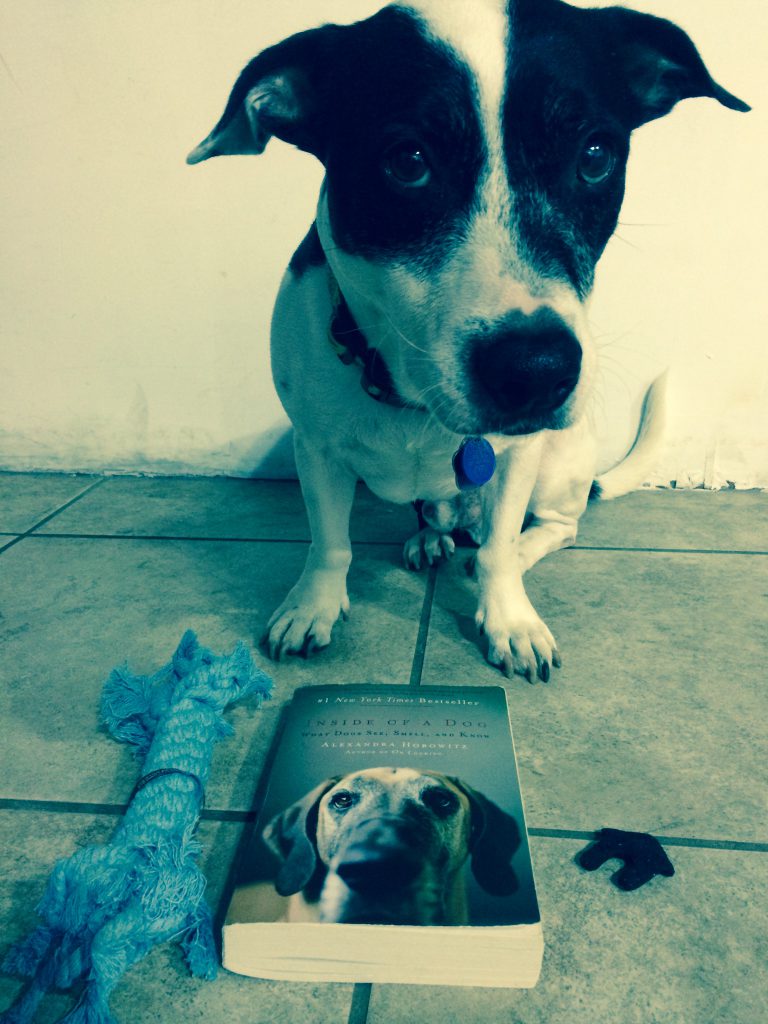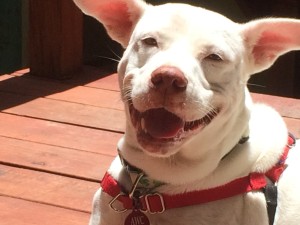 Often times folks believe that their dog is being stubborn. I frequently hear, “he knows how to do it, he just doesn’t want to” or “she can do it, she just doesn’t feel like listening to me!”
Often times folks believe that their dog is being stubborn. I frequently hear, “he knows how to do it, he just doesn’t want to” or “she can do it, she just doesn’t feel like listening to me!”
The fact of the matter is that while dogs can experience joy, love, and fear, stubbornness is not in their repertoire. Hence, most times it is actually faulty communication at play rather than a decision to be obdurate.
Frequently, people also forget or don’t fully grasp that we are communicating via limited verbal (few words plus tone and inflection) and mostly visual (gesture, facial expressions, body language) information.
Dogs don’t speak the way that we do and with all of the confusing background noise, extraneous verbiage, and general distraction going on while we are attempting to convey something, it’s down right amazing that dogs are intelligent enough to glean what we want!
Let’s take an example. Say that we have three items on the floor in front of the dog: a book, a toy, and a cookie. Now, we’ll presume that I’m intending to train my dog to place the cookie on top of the book. I’m doing this via positive reinforcement, so I’m marking (with my clicker) and reinforcing (with a treat) each correct repetition of this behavior.
Two weeks go past and I’m fairly certain that my dog has discovered that with our three items, the toy actually has nothing to do with the behavior that we are training. Furthermore, he’s consistently been placing the cookie on top of the book for a significant time and as such I’m thinking that he’s got the behavior down!
After two weeks of us practicing, one day I cue the behavior and instead of what I’m expecting, my dog places the BOOK on top of the COOKIE?!!? What you say? Not listening you insist! Stubborn you exclaim!
Meanwhile, your dog is now really baffled and confused. Instead of your happy response to his actions, your face is contorted. There is no click and treat. You seem…upset.
Now, here’s a plausible explanation for what’s likely really going on: a lack of communication. While all along you believed that you were training: cookie on top of book. Your dog coincidentally placed the items in this order, however your dog believed the behavior to be: stack up the cookie and the book!
Do you see what has happened? It’s not your dog being stubborn at all. It’s a lack of clear and precise communication and thus confusion.
The solution, you ask? Teach and train! As Dr. Susan Friedman (exalted behaviorist) likes to state, “performance-feedback-revision.”
Your dog has let you know that there is a problem in the communication loop. Thus, you need to work a bit more on revising your training for success.
Do so and you will improve communication, have successful behaviors, and there won’t be a stubborn dog in sight!
 Deaf dogs are dogs first, breed second, and deaf third. As such, working with a deaf dog in many ways is similar to effectively communicating with a hearing dog, but with a few obvious modifications.
Deaf dogs are dogs first, breed second, and deaf third. As such, working with a deaf dog in many ways is similar to effectively communicating with a hearing dog, but with a few obvious modifications. 

